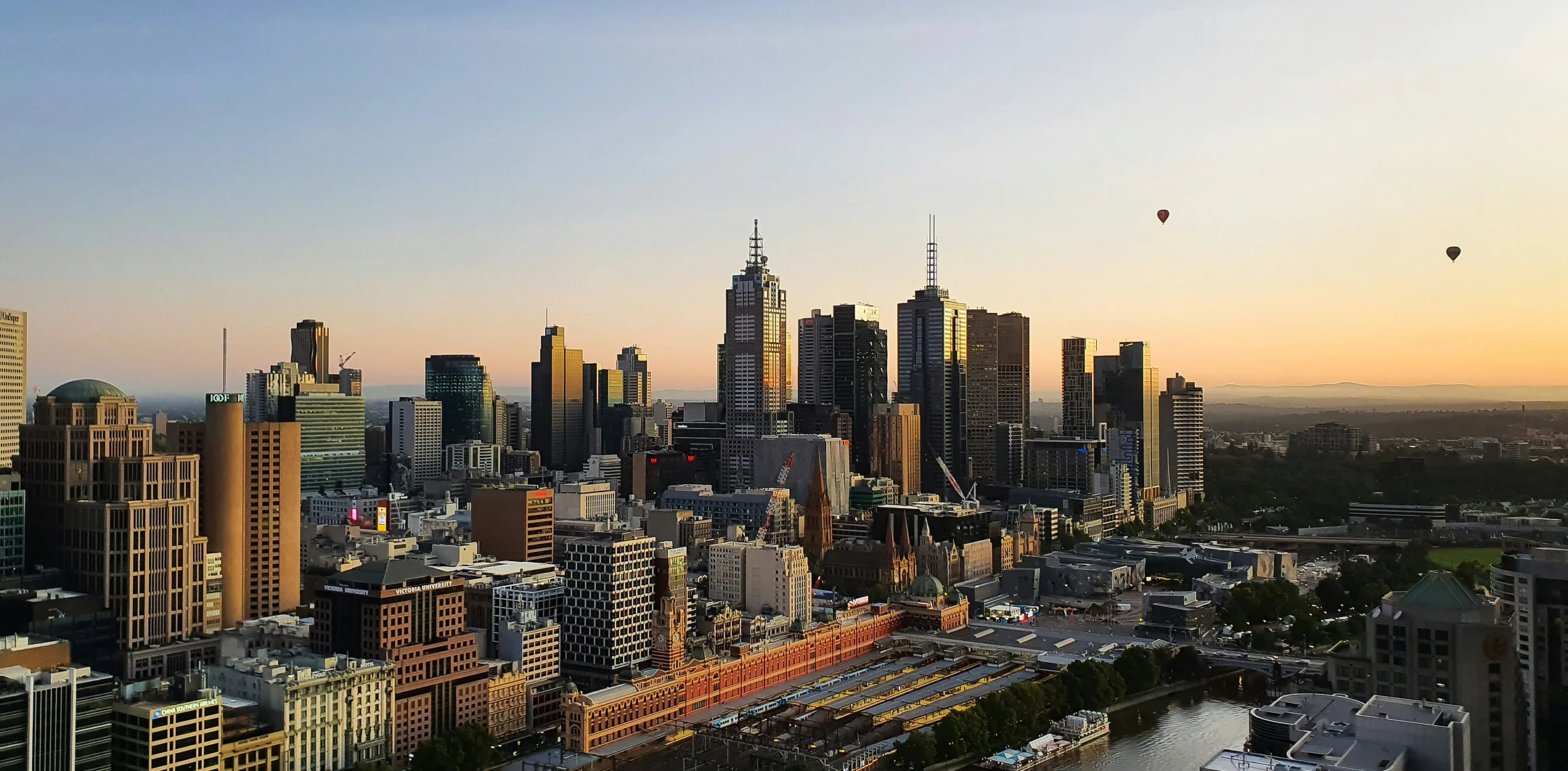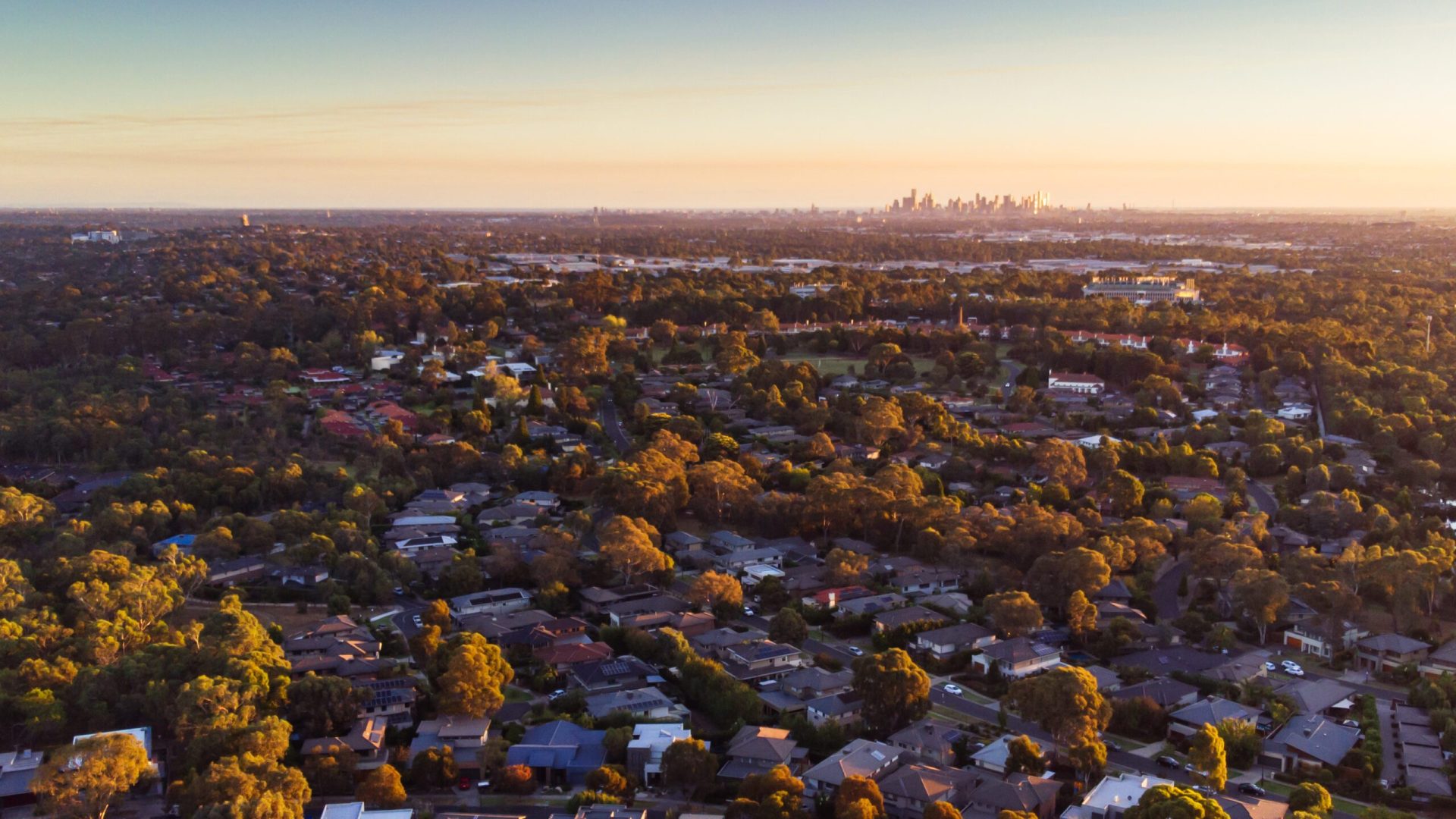By Cam McLellan
One of the most common questions we are asked is: “How can property prices possibly continue to rise at the rate they have?”
Today I’m going to talk about future forecasts for Australia’s property market. I often go back to an interesting conversation with my Mum a few years ago. Mum bought her place for $89,600 back in 1980 and a while back she said to me, “I don’t think property doubles in value every 10 years.”
So I went through it with her and worked out that if her value had doubled every 10 years, after 35 years it should be worth about $720,000, give or take – and sure enough, she would get more than that for it on today’s market.
Fundamentally, property market price rises are caused by the same factors which cause rises in any other area: supply and demand. In respect to residential property, the Australian market is undersupplied at the moment. In the 2013 financial year the Australian population grew by 382,000 and in the 2014 financial year it grew by just shy of 400,000. These figures represented growth of 1.7 per cent. Even more importantly, in 2013, 235,000 of the 382,000 people joining Australia’s population were skilled workers.
The government is aware that a large portion of our workforce (the baby boomers) will be transitioning into retirement in the coming years and will need to be replaced for the economy to grow. Prior to the global financial crisis the government therefore committed to introducing at least 180,000 skilled workers to the workforce each year. Last year the figure was 226,800 and for five of the six past years it has been well over 200,000. The government is therefore tracking well ahead of the 180,000 commitment it made.
This tells us that we can expect to see an ongoing demand for residential housing in Australia and as long as that demand continues to grow, so will house prices. A lot of people also ask about how rising house prices can be sustained when wages aren’t growing at the same rate. This is a really interesting dynamic because it assumes that wage growth allows people to afford more expensive prices when really, the upward pressure on prices comes from having more people attend your auction because there is a greater number of people looking for somewhere to live.
For example, if you have ever been to America or spoken to someone who has, most agree that the divide between rich and poor is much greater than in Australia. I don’t know exactly what the most expensive house in Australia is worth but John Symond’s four level, waterfront pad in Sydney would have to be up there. It is worth about $50,000,000 and is right on Sydney Harbour.
Remembering that John Symond is a pretty successful businessman, imagine how rich someone would have to be to pay $100,000,000 for a penthouse apartment in Manhattan. First home buyers are definitely not in the running and second, third, fourth and fifth home buyers probably aren’t either. Someone who could afford a property like this has probably inherited money that has been in their family for many generations.
I didn’t always pay attention in history at school but think of it this way: if America was discovered and settled just prior to 1600, since that time the gap between those with and without assets would have widened based on the nature of compounding growth. In the early days the difference wouldn’t have been so obvious. We all hear those stories about back in the sixties when our grandparents bought their first houses for $10,000… houses would have been worth a lot less three centuries ago.
My point is that the gap between rich and poor in America has become extremely wide over time and Australia was settled in 1788, 200 years later. If we follow the same trajectory, over the years and decades to come, as prices continue to grow based on supply and demand, we will eventually witness the same outcome in Australia. Prices continue to be driven up by ongoing population growth and the additional demand for a limited supply of assets rather than wage growth across the existing population.








